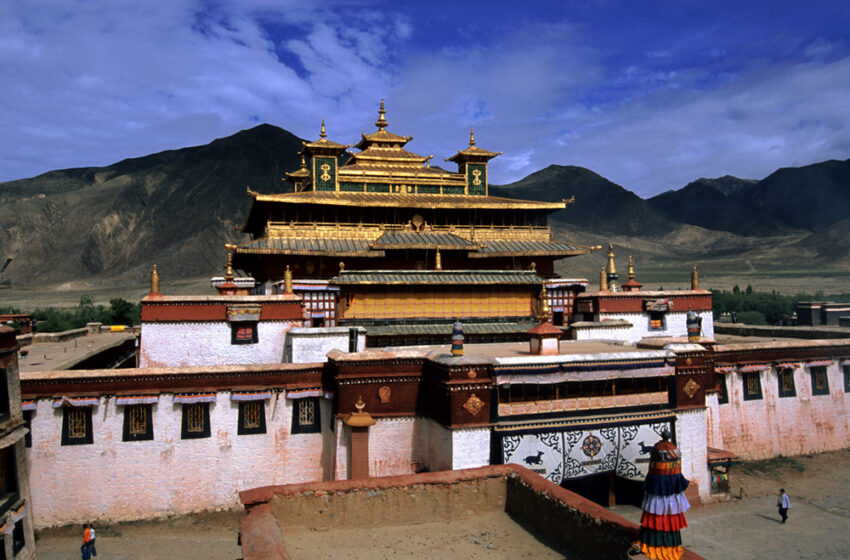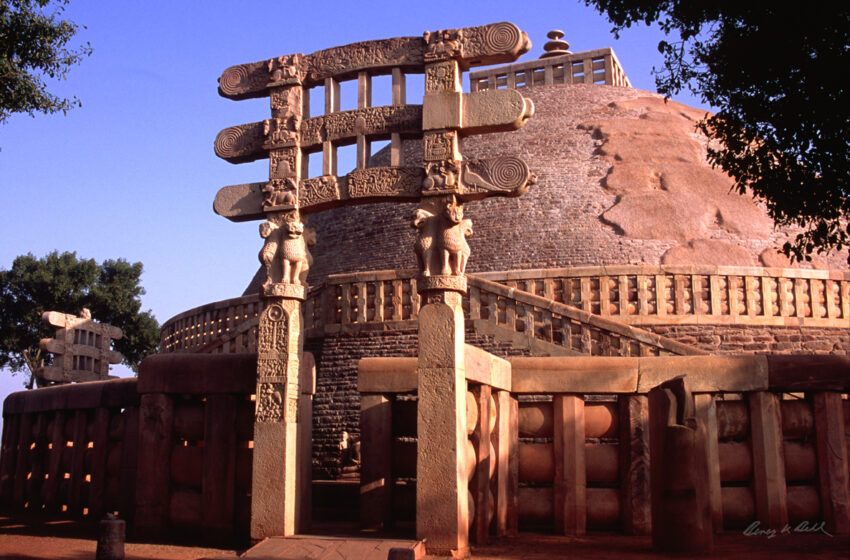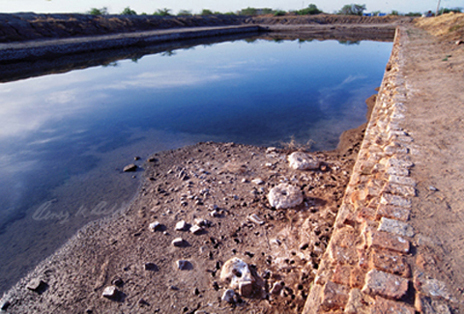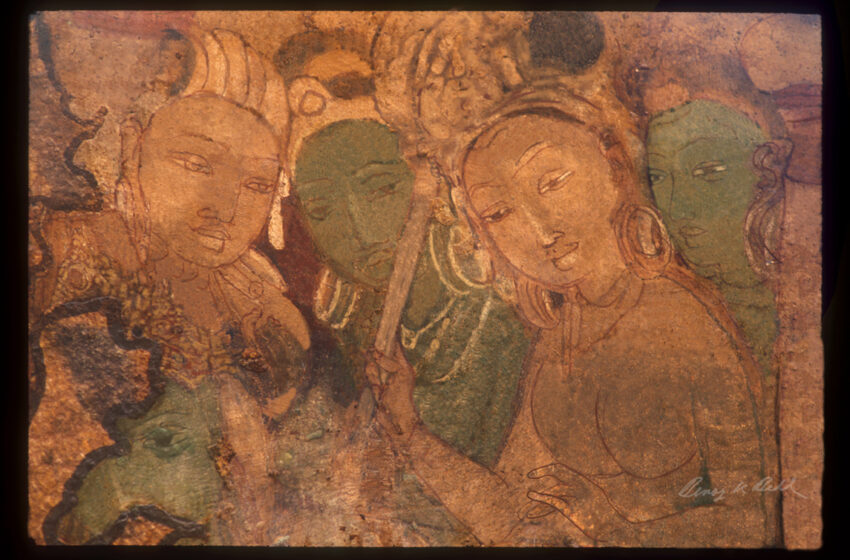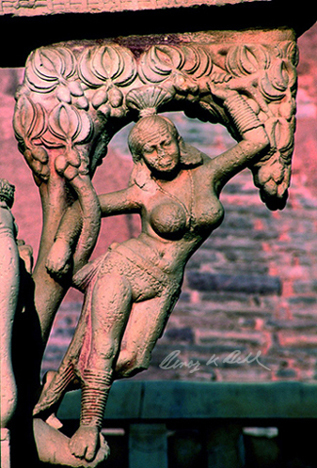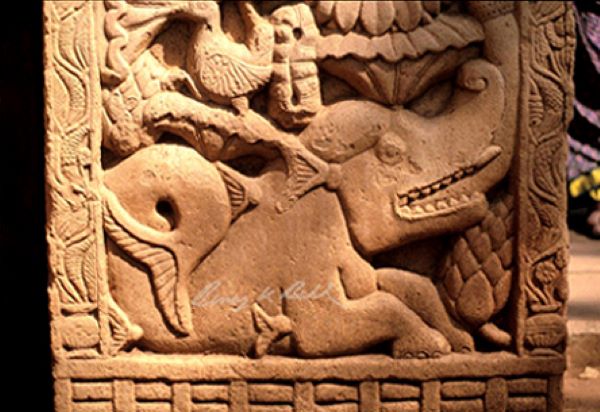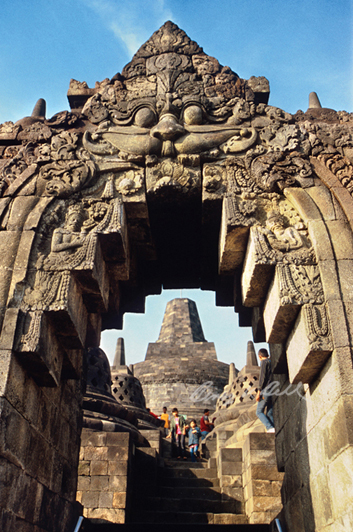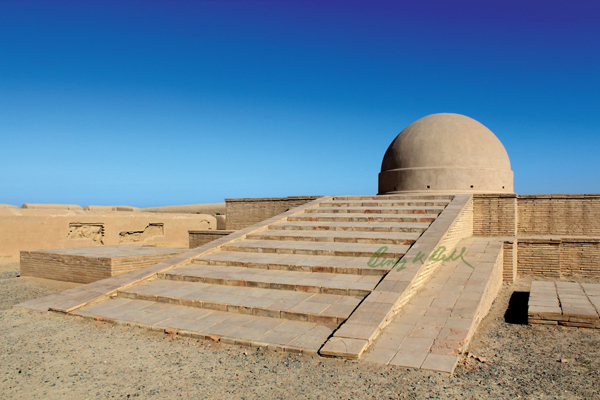Team L&M This Saturday, October 16 at 6pm, Art Historian, Film-maker & Photographer Benoy K Behl is presenting an online talk and showcase his film Indian Roots of Tibetan Buddhism. Directed and narrated by Behl, and produced for the Union Ministry of External Affairs, the film is shot extensively in Tibet, Ladakh, Spiti, Arunachal Pradesh, […]Read More
Search Results for: Benoy K Behl
News, Lifestyle & Entertainment stories - all at one placeTeam L&M In the 4th century, in the region of Kashmir, Asanga and Vasubandhu developed the Yogachara school of Buddhism, which was to travel far and wide. In the 8th century, Guru Padmasambhava who was teaching in Kashmir, took a highly developed form of this Buddhism and its sacred dance to Ladakh, Lahaul-Spiti, Kinnaur, Western […]Read More
Benoy K Behl Is it not wonderful that about half the patrons of monuments of ancient India were women? It is housewives, nuns, tailors and others who were responsible for the glorious architectural and artistic heritage which we have from early times! A total of 631 donation inscriptions survive at the Great Stupa at Sanchi. […]Read More
Benoy K Behl One of the important sites of the Indus Valley Civilization is at Lothal in present-day Gujarat, on the western coast of India. Here, a large structure has been identified as a tidal dock for sea-faring ships (a remarkable feat for its time). There is a great deal of evidence that the Indus […]Read More
Benoy K Behl In the fourth millennium BCE, one of the earliest civilisations of the world was developing in the river valleys of the Indian subcontinent. In these fertile valleys, with the growth of agriculture, civilisations prospered. Instead of fighting for survival, people could now begin to improve their lives. The first sites of this […]Read More
Team L&M In what can be termed as a momentous day in the history of Indian photography, the image of the original photograph and digitally-restored photograph of the earliest surviving painting in a Hindu temple: Queen and Attendants, Earliest-Surviving Hindu Painting, Cave 3, Badami, 6th century CE, photographed in 2001 and digitally restored by art […]Read More
Benoy K Behl In Indic thought, the final truth which is sought is formless, arupa or nirguna. According to the Chitrasutra, for seeing the eternal, eyes are to be closed in meditation. Thus, in the heart of the sacred space, is made a symbol of that which is beyond the forms of the world around us, the stupa or the […]Read More
Benoy K Behl In ancient Buddhist temples, Jaina and Ajivika edifices, the simplest form, the stupa, was placed in the heart of the sacred space. In Hindu temples, it was the linga, or symbol, the mark of the formless eternal (nirguna) that was made in the sanctum sanctorum. These took us closest to the truth […]Read More
Benoy K Behl The great Borobudur stupa of the 8th-9th century CE in Indonesia clearly illustrates the purpose of the stupa in Buddhist thought. The vast stupa has exquisite relief made around it, which one sees as one goes around the stupa. At the lowest level of circumambulation, we are presented the kamadhatu, the life of passions […]Read More
Benoy K Behl Stupas are amongst the earliest Indian monuments which survive both of the Buddhist and Jaina traditions. Recent excavations near Nalanda have also unearthed a large stupa made between the 8th and the 10th centuries BCE. In Indic thought, the final truth which is sought is formless, arupa or nirguna. The concept of the stupa (of Buddhist, […]Read More


